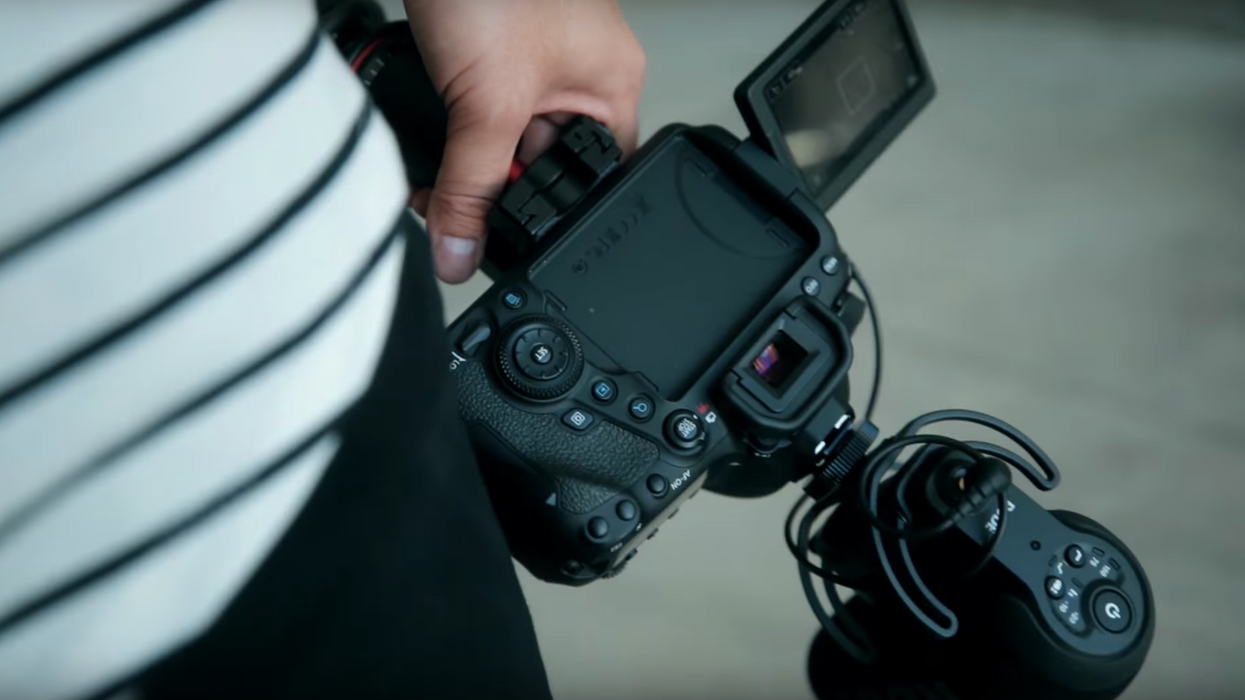Lemonading the Sun: Because You Shouldn't Have to Stop Shooting Because It's Bright Outside
What's worse? Looking blown out or shady?

No one loves light more than filmmakers, man. I mean, we love light like Yoncé loves Hova, but like Hova, light, especially sunlight, can do things that make loving really, really hard. The sun and the sky and the clouds do their thing regardless of whether you've got a bunch of b-roll to shoot, which is why it's so important to know a few cinematic techniques that will help you take advantage of not-so-great lighting situations in times when you can't take control of them. In this video, travel filmmaker Matti Haapoja gives some excellent tips on how to go lemonading on the sun's ass so you can capture b-roll when your lighting is less than ideal, all without modifiers. Check out it out below:
Shooting footage outdoors is always a friggin' gamble, even if you're just capturing audio-free b-roll. The sun and clouds are ever-changing, so you'll need to be able to think on your feet, know what to look for, and use problematic lighting to your advantage. Here are the tips Haapoja mentions in the video:
- Use the sun as a backlight: When the sun is bright and casting hard, unflattering shadows, use it as a backlight (or maybe a sidelight). This works especially well if you can find a shadowy area, but finding a sliver of hot sunlight peaking through the shade might more often than not be a fruitless endeavor.
- Shoot in the shade: Get under some trees, duck behind a building, or find some cover and shoot in the shade.
- Find a natural bounce: Bounced light is going to be less harsh than direct light, so find spots around you that are getting direct sunlight, like concrete or white/reflective surfaces, and use them as a bounce.
- Control the friggin' sun: Okay, you can't. We know that. However, you can control sunlight in a way by controlling how it hits your subject. I'm not talking about using modifiers, though that might make it easier, I'm talking about finding potential light sources that create soft, even shadows. In the video, Haapoja gives an example of placing his brother in a tunnel and turning the bright sunlight beyond the tunnel into a big, soft source, but an even simpler example would be a window or an open door.
- Protect the highlights: Simply put, don't let your highlights get blown out because once that information is gone, it's gone. So, expose for the highlights rather than the shadows.
What are some other ways you can combat bad lighting outdoors without using modifiers? Let us know down in the comments.
Source: Matti Haapoja













